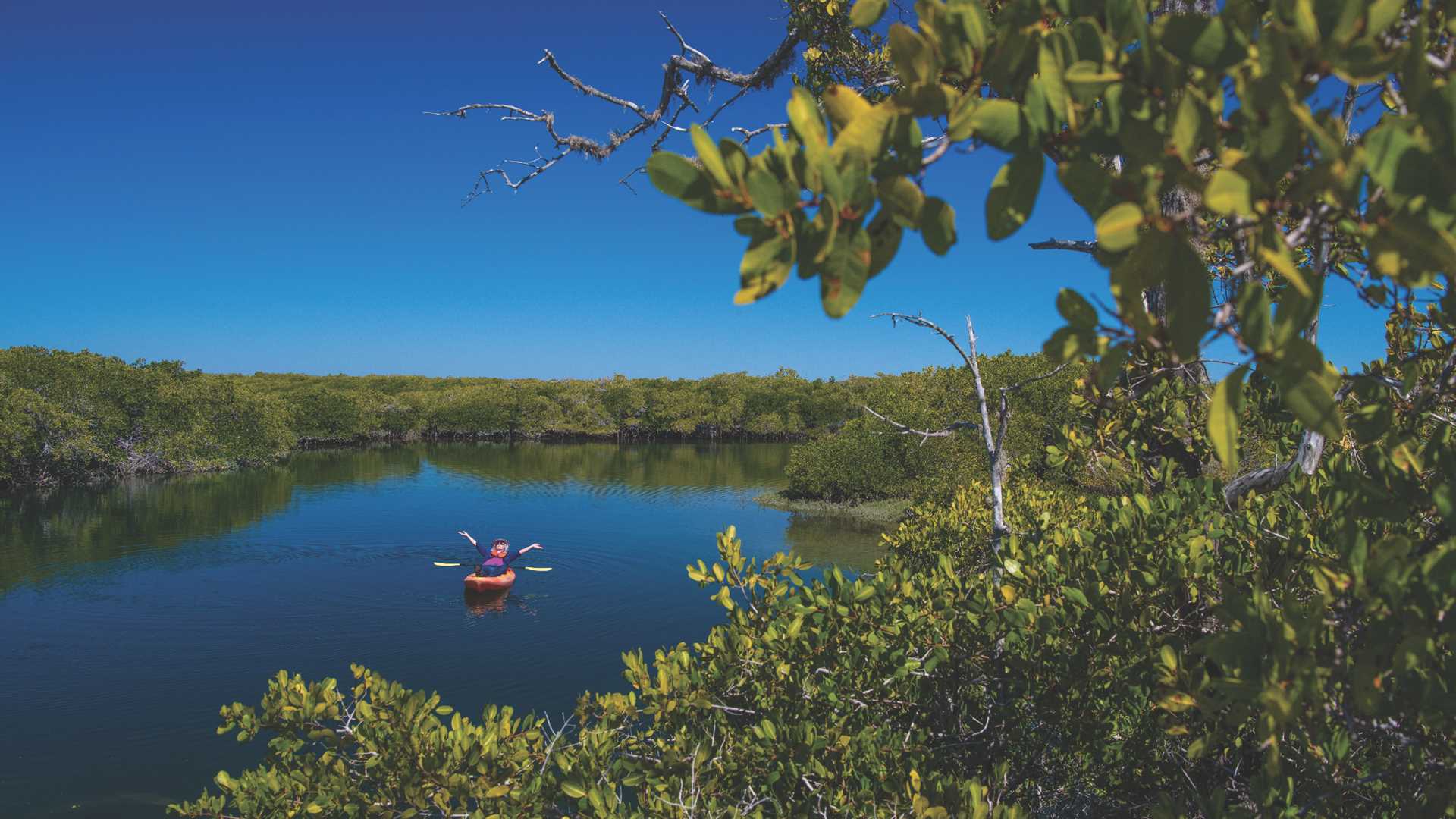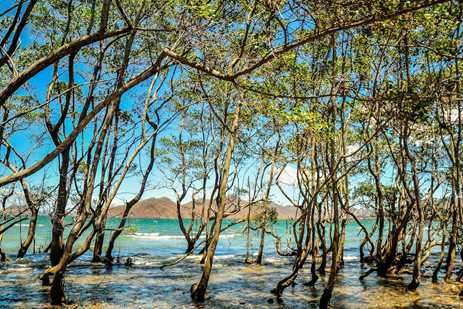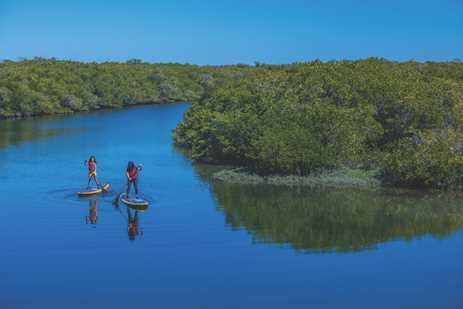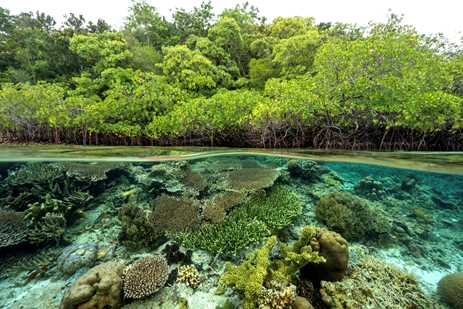One of Earth’s most resilient organisms, mangrove trees are nothing short of an ecological marvel. Their lush, lime-green leaves and tangled root thickets stretch on for miles along tropical shores and riverbanks. Often overshadowed by coral reefs or rainforests, the mangrove swamp holds a humbler allure than its colorful tropical cousins—at least at first glance. But beneath a tunneled canopy, surrounded by the birdsong and blissful calm of a mangrove-lined channel, it's clear that what may appear as monoculture is bursting with biodiversity.
Get Inspired By Photos, Videos, Webinars, Stories, And Exclusive Offers.
Sign Up
Even mangroves themselves aren’t a single species; the moniker applies to more than 80 different evergreens that have adapted to thrive in salt-saturated intertidal zones. Their complex root systems allow them to withstand the daily double-floods of seawater, which would quickly suffocate most other plants. As ecosystem engineers, mangrove swamps alter their habitat, creating submerged sanctuaries where an estimated three-quarters of all tropical fish are born. On land, an extraordinary variety of birds, reptiles, and invertebrates depend on these habitats for the health of their species. And, as scientists continue to confirm, so do we.
Why Mangroves Are So Important
For centuries, mangroves have propped up the economy and ecology of coastal communities around the world, providing livelihoods for people who share their shores and standing guard against erosion, tsunamis, and severe storms. In recent decades, researchers have discovered these fascinating flora have also been holding up the front lines in the global fight against climate change. They’re able to store up to five times more carbon than tropical rainforests, at a faster rate, and more securely, packed into an underground vault that will hold as long as the forest does. Unfortunately, this timeline has continued to shrink as development, aquaculture, and pollution threaten our increasingly rare mangrove ecosystems. The time for us to turn the tide is now, starting with sharing the story of just how essential these ecosystems are.
To witness the peculiar magic of mangroves and the immensities of life they sustain, head to these five seaside spots that have been shaped by their roots.









